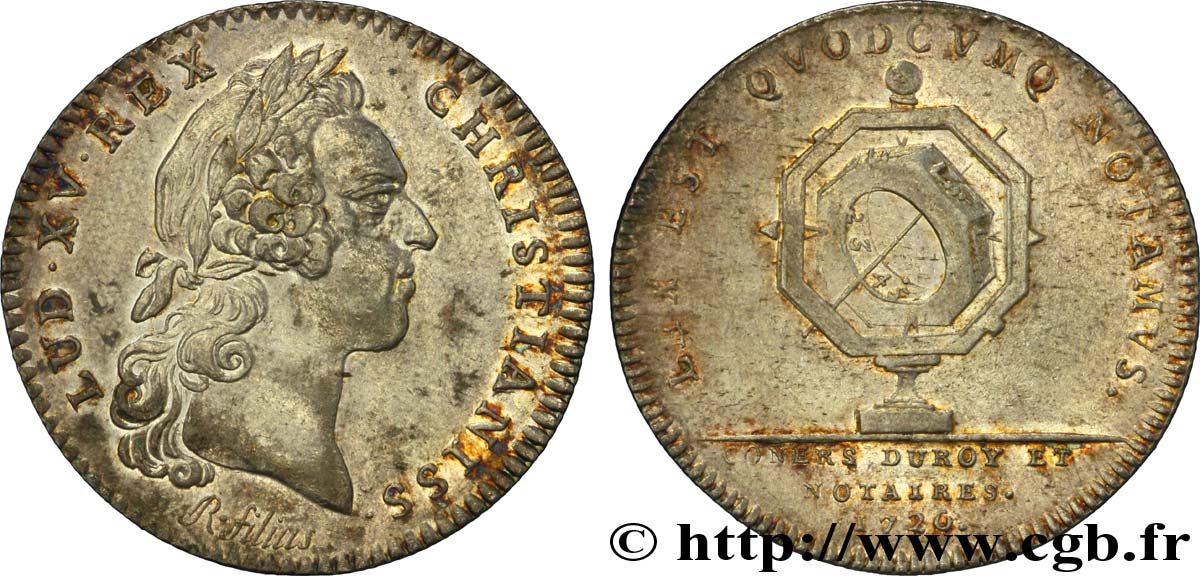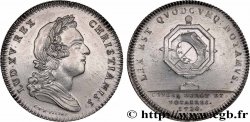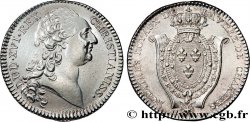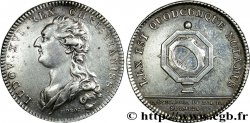fjt_230887 - ROYAL NOTARIES Notaires de Paris, émission de 1756 - Louis XV 1720
Not available.
Item sold on our e-shop (2022)
Price : 220.00 €
Item sold on our e-shop (2022)
Price : 220.00 €
Type : Notaires de Paris, émission de 1756 - Louis XV
Date: 1720
Metal : silver
Diameter : 29,5 mm
Orientation dies : 6 h.
Weight : 8,63 g.
Edge : lisse
Rarity : R1
Coments on the condition:
De petites marques de manipulation mais cet exemplaire laisse voir une bonne partie de son brillant d’origine. De petites taches noires ou dorées apparaissent ça et là. Grènetis légèrement hors flan au revers mais complet à l’avers
Catalogue references :
Obverse
Obverse legend : LUD. XV. REX - CHRISTIANISS..
Obverse description : Buste de Louis XV à gauche [Feuardent n° 333], signature R. FILIUS cursive sous le buste, type Guéant Prieur 628F.
Obverse translation : (Louis XV, roi très chrétien).
Reverse
Reverse legend : LEX EST QVODCVMQ. NOTAMVS..
Reverse description : Un gnomon ; à l’exergue en trois lignes : CONers DV ROY ET / NOTAIRES. / 1720..
Reverse translation : (Est loi ce que nous rédigeons).
Commentary
Gnomon est un terme qui vient du grec gnômôn, indicateur, et qui désigne un instrument servant à marquer les hauteurs du soleil par la direction de l’ombre qu’il porte sur un plan ou une surface courbe. Le gnomon est utilisé dans l’Antiquité gréco-latine où il aurait été découvert par Anaximandre, successeur de Thalès, chez les Chinois, les Égyptiens, les Péruviens, les Musulmans qui ont d’ailleurs laissé plusieurs traités de gnomonique (théorie de la construction des cadrans solaires). Les deux plus célèbres sont ceux de l’église de Bologne construit par Cassini en 1653 et celui de l’église Saint-Sulpice à Paris construit en 1742. Le gnomon a servi d'emblème associé à la devise "Lex est quodcumque notamus" selon la création du père Ménestrier en 1686 pour les secrétaires du roi qui ne s'en sont jamais servi. L'invention fut reprise par les notaires de Paris puis par les notaires de Province.








 Report a mistake
Report a mistake Print the page
Print the page Share my selection
Share my selection Ask a question
Ask a question Consign / sell
Consign / sell
 Full data
Full data



